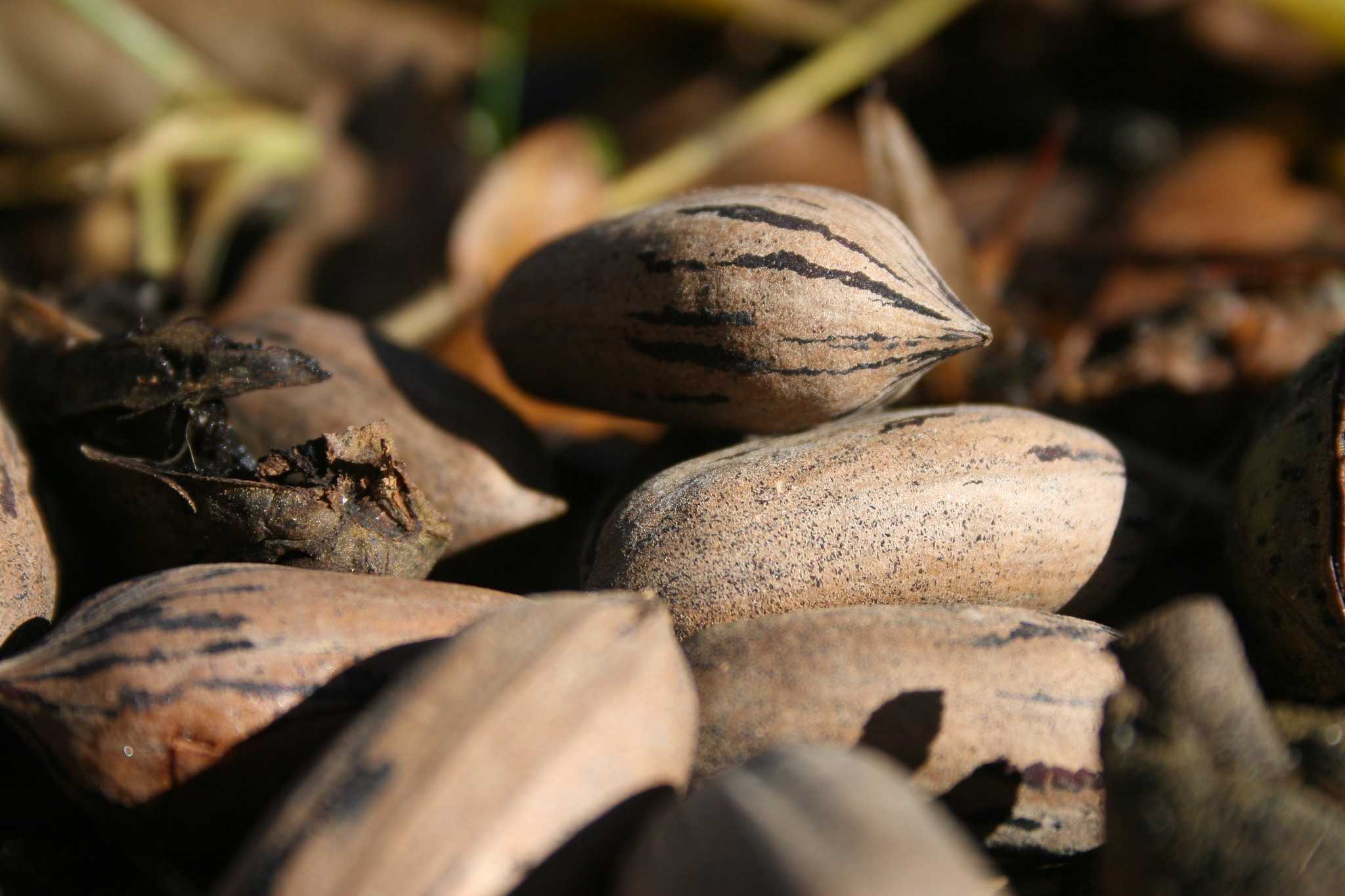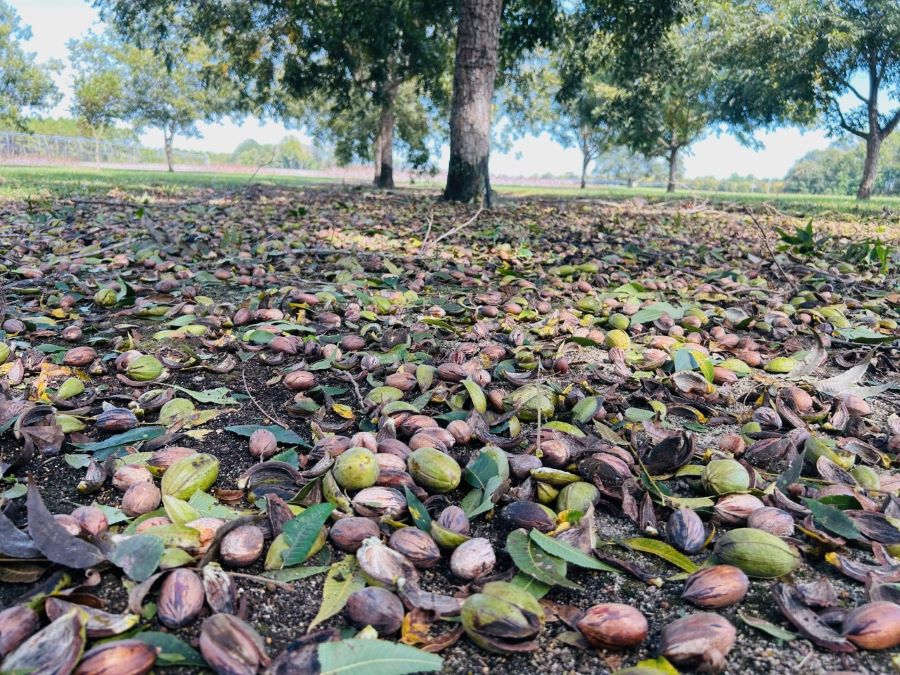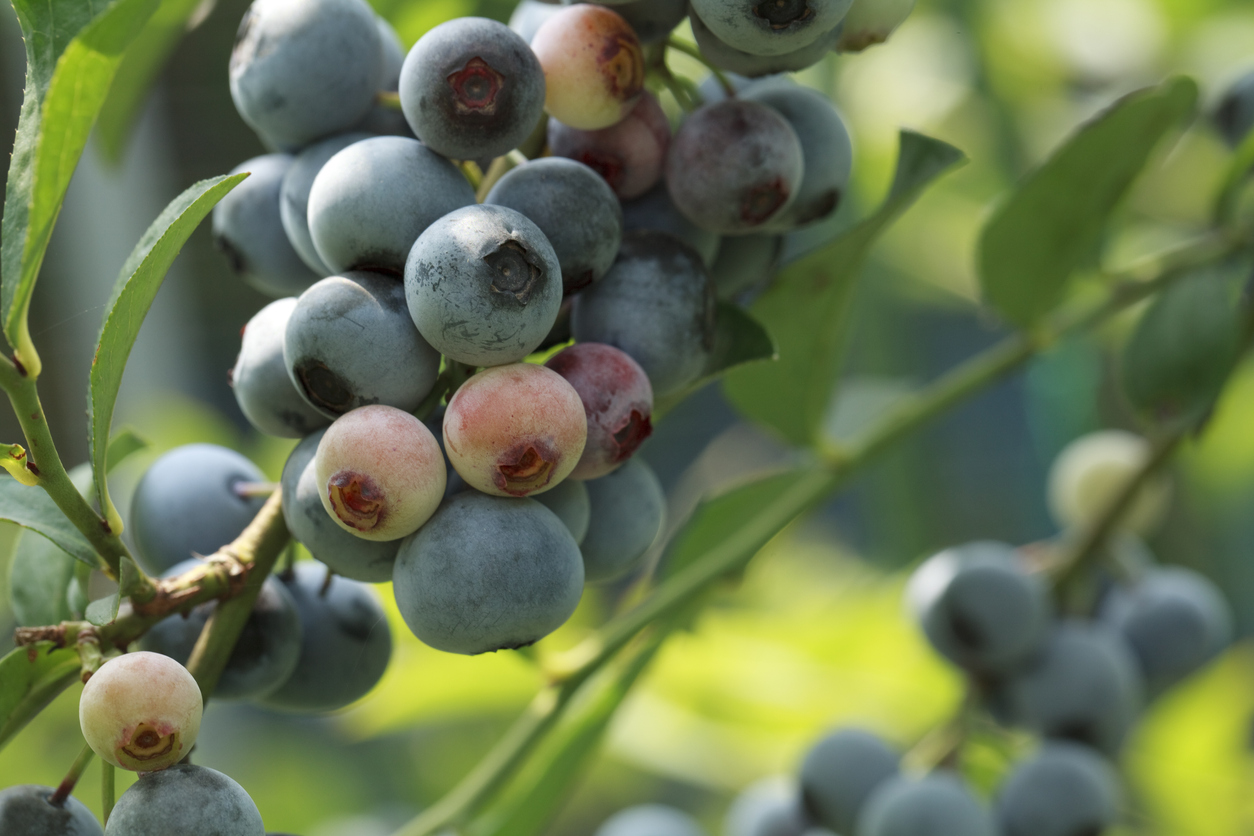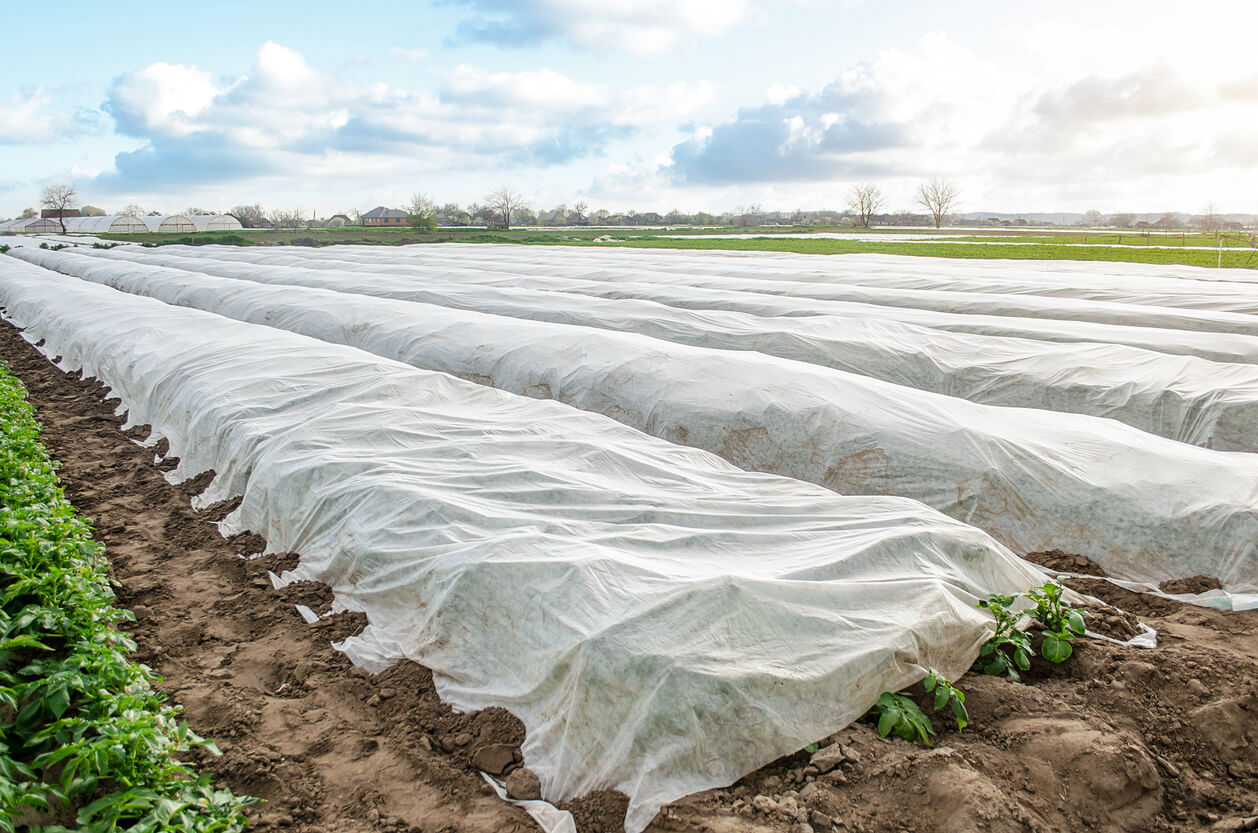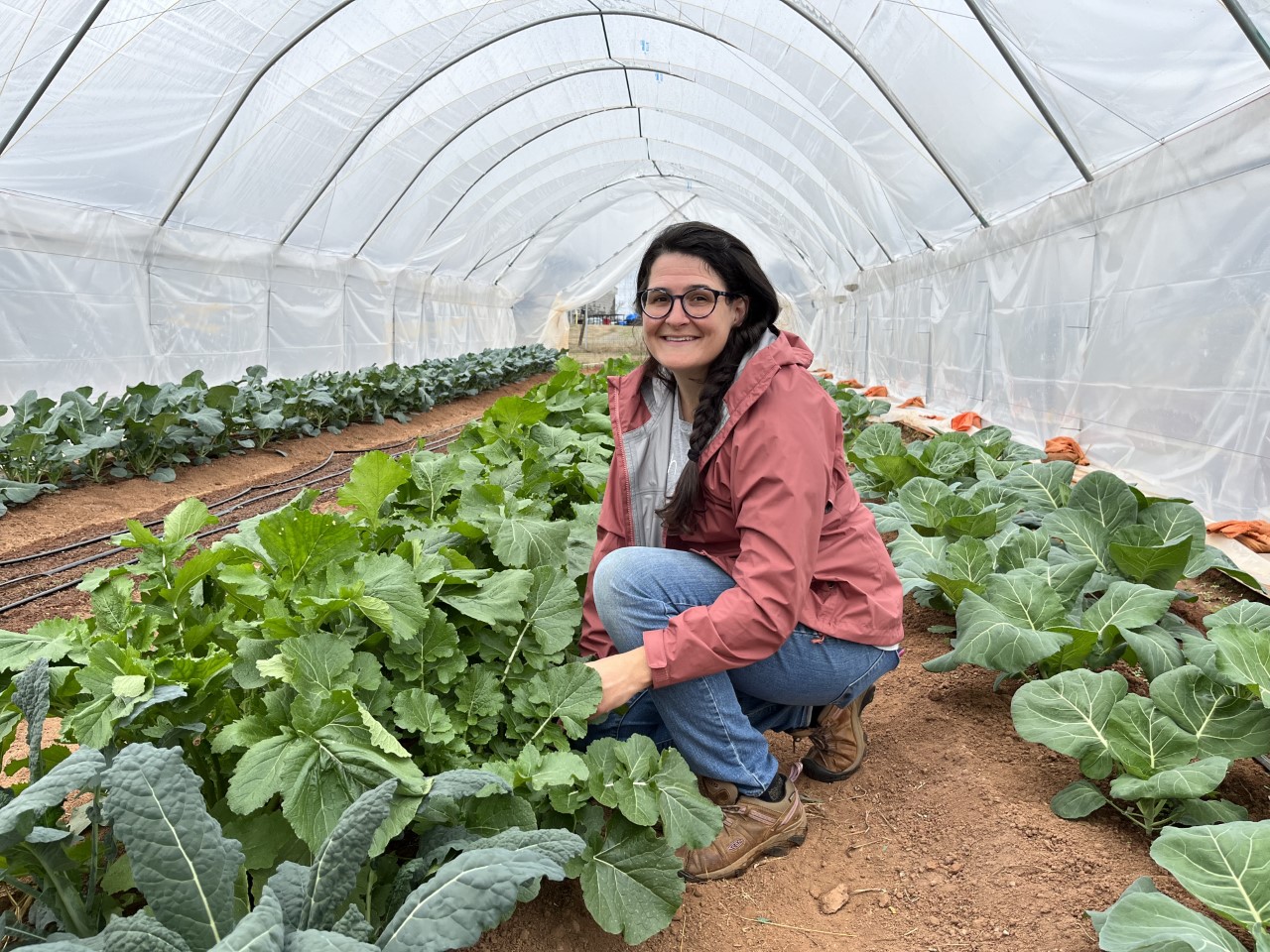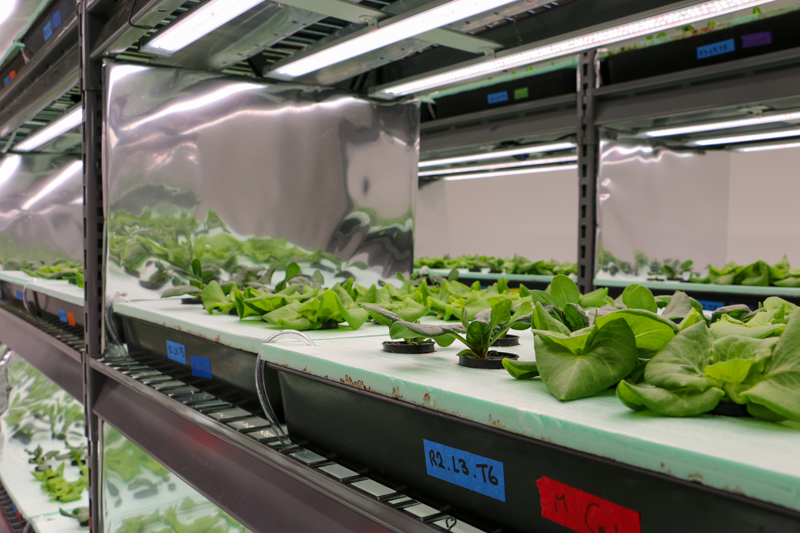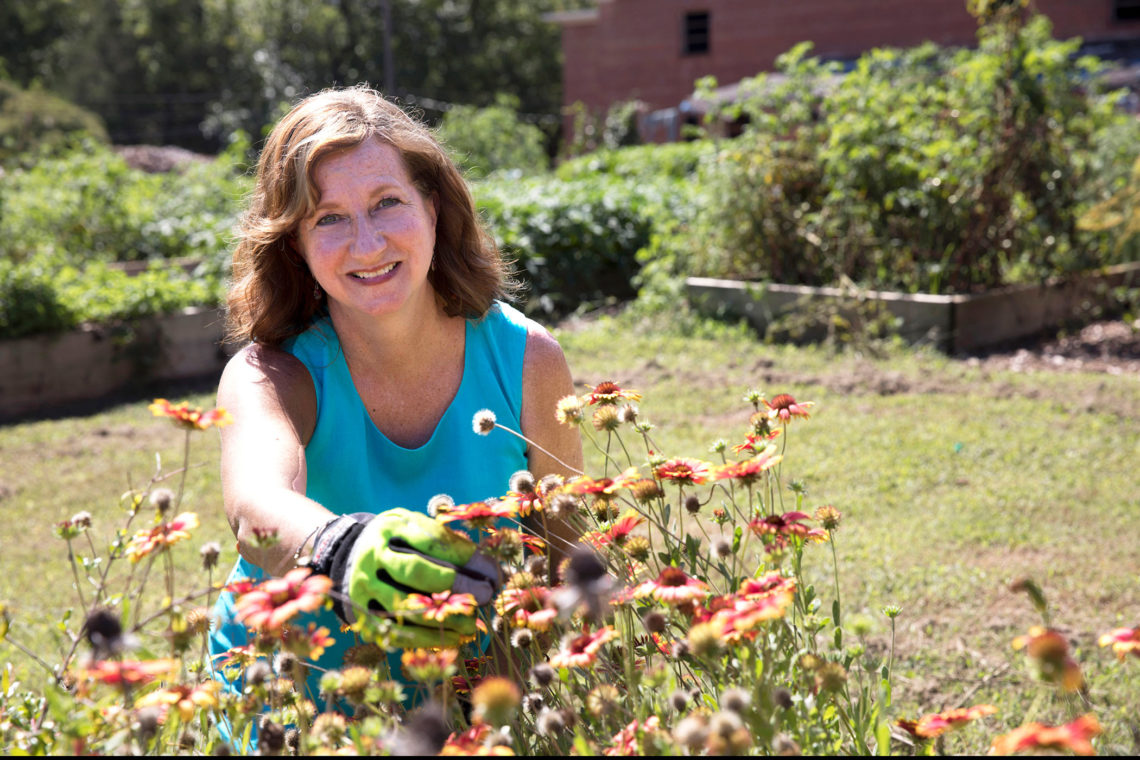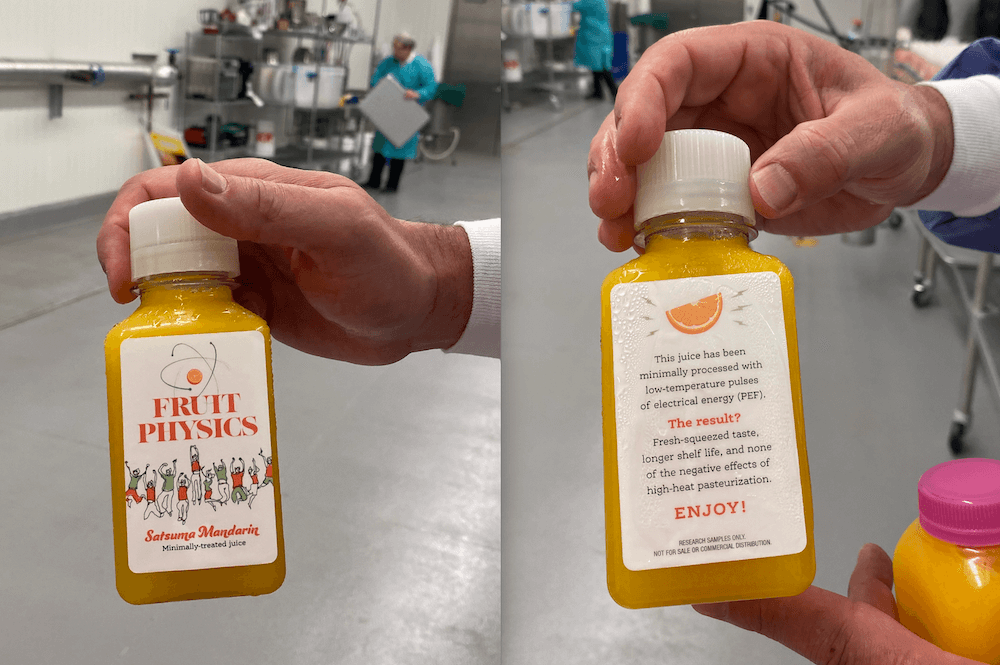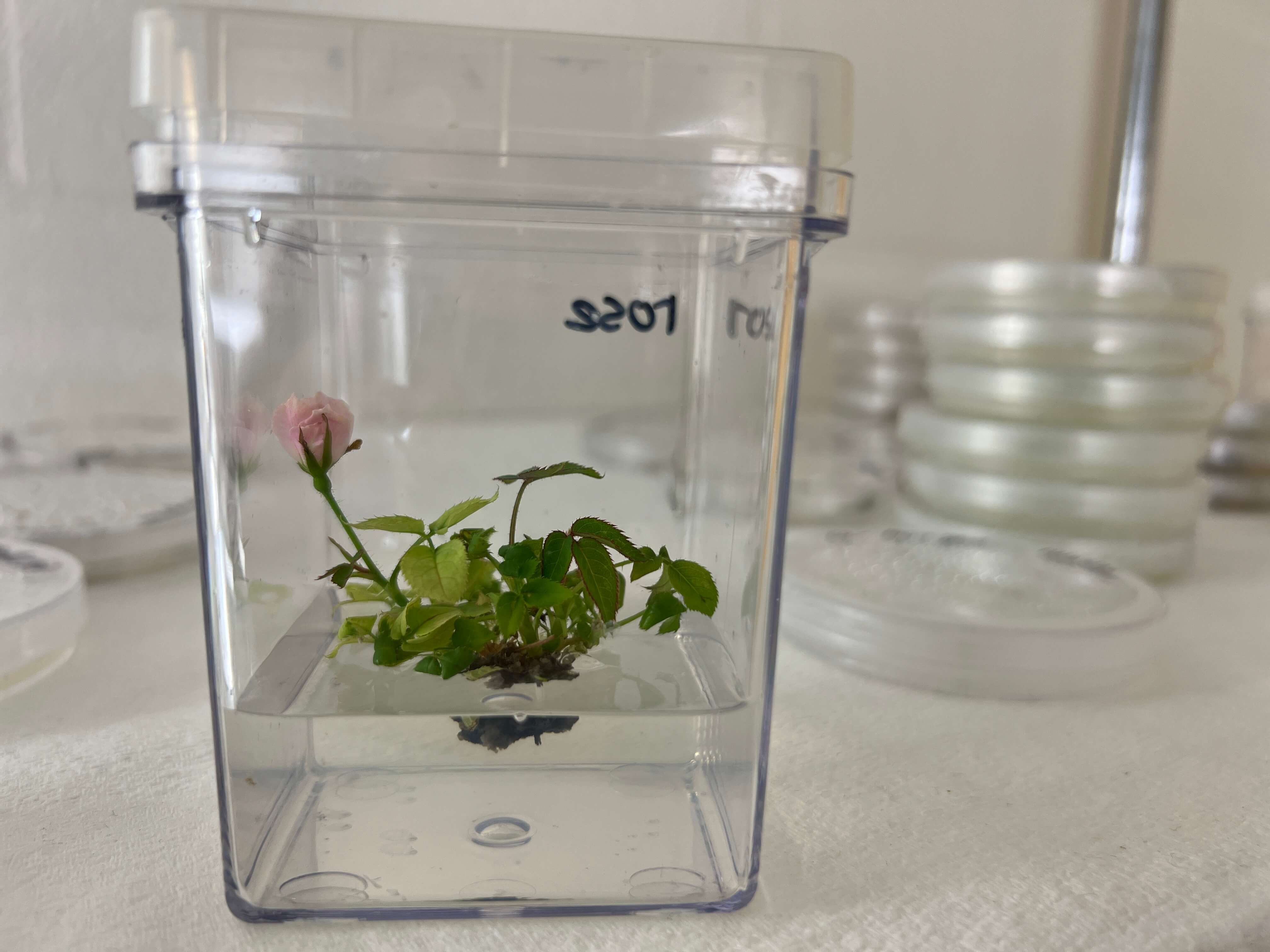 CAES News
CAES News
Micro Roses
Roses are red … and dozens of cultivated hues. Whatever their colors, they are among the most popular flower throughout the year for many consumers, from long-stemmed Valentine’s bouquets and Mother’s Day arrangements to a bounty of varieties available for planting in landscapes during the summer and fall.

